As technology advances and the use of digital platforms for promoting products, services, and businesses becomes more prevalent, it is essential for companies and organizations to have their own website. A website serves as an online representation of your business and allows you to reach a wider audience. However, with the rise of online scams and frauds, it becomes increasingly important to protect your website and its users and customers.
One of the ways to do this is by having a clear and easy-to-understand terms and conditions template for your website. This document outlines the rules and regulations that govern the use of your website and sets expectations for both you and your users. It also helps to protect your business from potential legal issues. In this article, we will explore the importance of having a terms and conditions template for your website and provide some useful tips on how to create one.
Table of Contents
Terms and Conditions: What They Are ?

Terms and conditions, also known as terms of service or terms of use, are a legal agreement between a company or organization and its users or customers. They set out the rules and regulations that govern the use of a website, application, or other online service. These agreements typically include information about the rights and responsibilities of both parties, as well as any limitations and exclusions that may apply.
Terms and Conditions Templates
Ensure legal compliance and protect your business interests with our comprehensive collection of Terms and Conditions Templates. Terms and Conditions are the rules and agreements that govern the relationship between your business and its customers or users. Our customizable and printable templates provide a structured framework for outlining the rights, responsibilities, and obligations of both parties.
Whether you’re running an e-commerce website, offering services, or developing software, our templates cover essential aspects such as payment terms, warranties, intellectual property rights, dispute resolution mechanisms, and limitations of liability.
By utilizing our Terms and Conditions Templates, you can establish clear guidelines, protect against potential disputes, and ensure a fair and transparent business environment. Streamline the process of creating legally binding agreements, enhance customer trust, and safeguard your business with our user-friendly templates. Download now and confidently set the terms and conditions that govern your business operations.
Important Reasons for Using Website Terms and Conditions
Having a well-crafted set of terms and conditions for your website is essential for protecting both your business and your users. Here are some reasons why it’s important to use website terms and conditions:
Legal protection: Terms and conditions act as a legal agreement between your business and your users, outlining the rights and responsibilities of both parties. This can help to protect your business from potential legal issues, such as lawsuits or disputes.
Clear expectations: Having a clear set of terms and conditions helps to set expectations for both your business and your users. It outlines what users can expect from your website and what you expect from them in return.
Intellectual property protection: Your website’s terms and conditions can include clauses that protect your intellectual property, such as copyrights and trademarks. This helps to prevent unauthorized use of your content and branding.
User conduct: Website terms and conditions can outline prohibited user conduct, such as spamming or hacking. This helps to protect your website from abuse and misuse.
Payment and billing: If you offer products or services for sale on your website, your terms and conditions can include information about payment and billing. This helps to ensure that transactions are conducted in a fair and legal manner.
Termination and account deactivation: Website terms and conditions can include clauses that allow you to terminate a user’s account if they violate the terms of service. This helps to protect your website from abuse and misuse.
Privacy policy: Website terms and conditions can include a privacy policy that outlines how your website collects, uses, and protects user data and personal information. This helps to ensure that user data is handled in a safe and compliant manner.
Transparency: Having a clear and easily accessible set of terms and conditions helps to ensure that your users understand the rules and regulations that govern the use of your website. This promotes transparency and trust between your business and your users.
What should I write in terms and conditions for a website?
Website terms and conditions should cover several key areas, including:
Use of the website and its content: This section should detail the acceptable use of the website and any restrictions on using its content.
Intellectual property rights: This section should explain who owns the website and its content, and how it can be used.
Liability and disclaimer: This section should limit the website owner’s liability for any damages arising from the use of the website, and should also include a disclaimer of any warranties or representations about the website or its content.
Privacy policy: This section should detail how user data is collected, used, and protected.
Governing law and jurisdiction: This section should specify the laws that govern the terms and conditions and where any disputes will be resolved.
Changes to the terms and conditions: This section should explain how and when the terms and conditions can be changed.
Contact information: This section should provide contact information for the website owner, such as an email address or phone number.
Essential Elements of Website Terms and Conditions
Website terms and conditions are a legal document that outlines the rules and regulations for using a website. They serve to protect the website owner and users by clearly defining rights and responsibilities. Some of the most important elements of website terms and conditions include:
1. Ownership and Intellectual Property: This section states that the website and its content are the property of the website owner and are protected by copyright and trademark laws. It also specifies that users are not allowed to reproduce, distribute, or use the website or its content for commercial purposes without the owner’s permission.
2. Limitation of Liability: This section limits the website owner’s liability in case of any damages or losses incurred by users as a result of using the website. It states that the owner is not responsible for any errors or inaccuracies in the content, or for any damages resulting from the use of the website.
3. Governing Law and Jurisdiction: This section specifies which laws govern the terms and conditions of the website and which court has jurisdiction in case of disputes. It is important to note that these laws may vary depending on the country or state where the website is located.
4. Privacy Policy: This section outlines the website owner’s policies regarding the collection, use, and protection of personal information of users. It should include information about what kind of data is collected, how it is used, and how it is protected.
5. User Conduct: This section specifies the rules and guidelines for users’ behavior while using the website. It may include restrictions on using offensive language, posting illegal or copyrighted content, and using the website for any illegal or fraudulent activities.
6. Changes to the Terms and Conditions: This section states that the website owner has the right to change the terms and conditions at any time, and that users are responsible for checking for updates regularly. It should also specify the process for notifying users of any changes, such as through email or on the website.
7. Dispute Resolution: This section outlines the process for resolving any disputes that may arise between the website owner and users. It may include options such as mediation, arbitration, or taking legal action.
8. Termination: This section states the conditions under which the website owner may terminate a user’s access to the website. It may include violations of the terms and conditions, or engaging in any illegal or fraudulent activities.
9. Contact Information: This section should include contact information for the website owner, such as an email address or phone number, to allow users to contact the website owner with any questions or concerns.
10. Indemnification: This section states that the user shall indemnify, defend, and hold harmless the website owner and its affiliates from any claims, damages, and expenses, including reasonable attorneys’ fees, arising from the user’s use of the website or violation of the terms and conditions.
Tips for Creating Website Terms and Conditions
Keep it simple and easy to understand: Website terms and conditions should be written in clear and simple language, so that users can understand them easily. Avoid using legal jargon or complex language.
Be specific: Your terms and conditions should be specific to your website, and should address any unique features or services provided by your website.
Address all necessary legal issues: Make sure that your terms and conditions address all necessary legal issues, such as ownership and intellectual property, limitation of liability, and governing law and jurisdiction.
Include a privacy policy: Your terms and conditions should include a privacy policy that outlines your policies regarding the collection, use, and protection of personal information of users.
Be consistent: Your terms and conditions should be consistent with other legal documents on your website, such as your privacy policy and refund policy.
Keep it up to date: Review your terms and conditions regularly and update them as necessary to reflect changes in the law or in your website’s services.
Make it easy to find: Your terms and conditions should be easily accessible from your website’s homepage, and should be prominently displayed.
Get Legal Advice: It’s recommended to consult with a lawyer or legal professional to ensure that your terms and conditions are legally binding and enforceable.
Be transparent: Your terms and conditions should be transparent, meaning they should be easily accessible and visible on your website, and should be written in a way that is easy to understand.
Provide clear notice of changes: If you make changes to your terms and conditions, provide clear notice of the changes to your users, and obtain their consent to the new terms before continuing to provide services.
How Do I Write Website Terms and Conditions?
Writing website terms and conditions can seem like a daunting task, but it is an important step in protecting your business and ensuring that your users understand how they can use your website. Here are some steps to help you write effective terms and conditions for your website:
Step 1: Understand the purpose of terms and conditions.
Website terms and conditions are a legal agreement between you and your users that outlines the rules and guidelines for using your website. They are designed to protect your business and its intellectual property, as well as to inform users of their rights and responsibilities when using your website.
Step 2: Identify the key clauses that need to be included.
There are several key clauses that should be included in your website terms and conditions. These include a disclaimer of liability, a statement of ownership, a description of user conduct, and a dispute resolution clause. Additionally, you may want to include clauses related to payment, refunds, and other specific aspects of your website.
Step 3: Draft your terms and conditions.
Once you have identified the key clauses that need to be included in your terms and conditions, you can begin drafting the actual agreement. Be sure to use clear and concise language, and avoid using legal jargon. It’s also important to use a clear layout and formatting to make it easy for users to read and understand.
Step 4: Review and revise your terms and conditions.
Once you have drafted your terms and conditions, it is important to review and revise them to ensure that they are legally compliant and that they accurately reflect your business’s policies and procedures. Consider having a lawyer review them.
Step 5: Make your terms and conditions easily accessible.
Once your terms and conditions are finalized, it is important to make them easily accessible to your users. This can be done by including a link to your terms and conditions on your website’s homepage and in other key areas of your site, such as the footer, checkout page, and registration page.
Step 6: Obtain user agreement.
Finally, you will want to obtain user agreement to your terms and conditions, for example by adding checkboxes or other methods that clearly indicate the user has read and agrees to the terms.
FAQs
What are terms and conditions examples?
Some common examples of terms and conditions include refund policies, user conduct rules, copyright and ownership clauses, disclaimers, limits of liability, governing law provisions, dispute resolution processes, and definitions for key words.
What must be included in terms and conditions?
Terms and conditions must include disclaimers on service quality, fees/payments, user eligibility, ownership of content, limits of liability for the provider, and compliance with applicable laws and regulations. Required specifics vary by industry and region.
Can you copy and paste terms and conditions?
It is not recommended to simply copy and paste another company’s terms and conditions, as they are unlikely to match your specific needs. However, you can use them as a reference when drafting your own or consult templates. Any terms should be customized and reviewed by a legal professional for your business.
How do you write basic terms and conditions?
To write basic terms and conditions:
- Clearly define the service or product offered
- Outline payment terms, refund policy, fees
- List user responsibilities and restrictions
- State disclaimers on service quality, availability
- Include copyright, usage rights of content
- Add liability limitations and legal compliance info
- Keep language simple and easy to understand








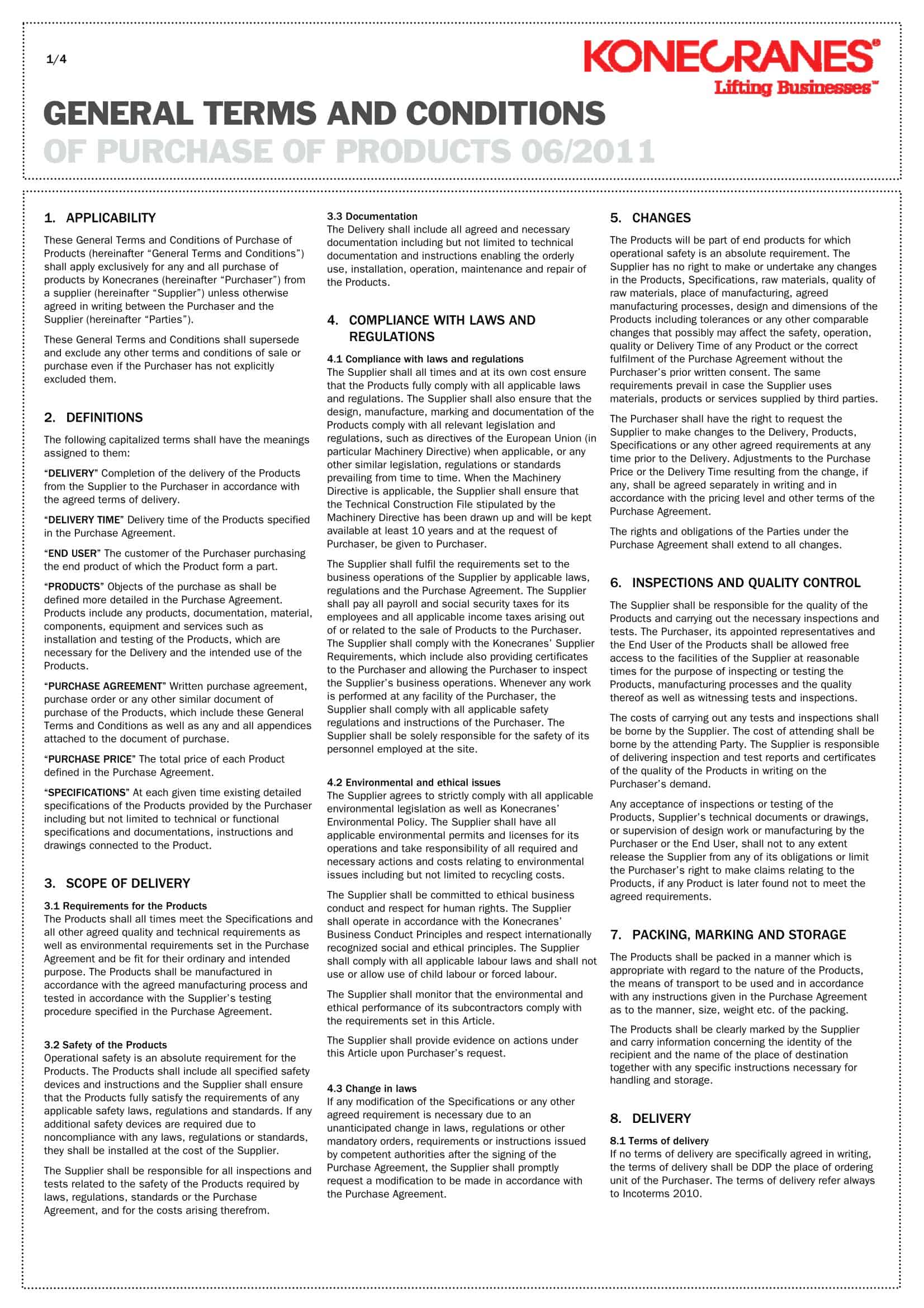









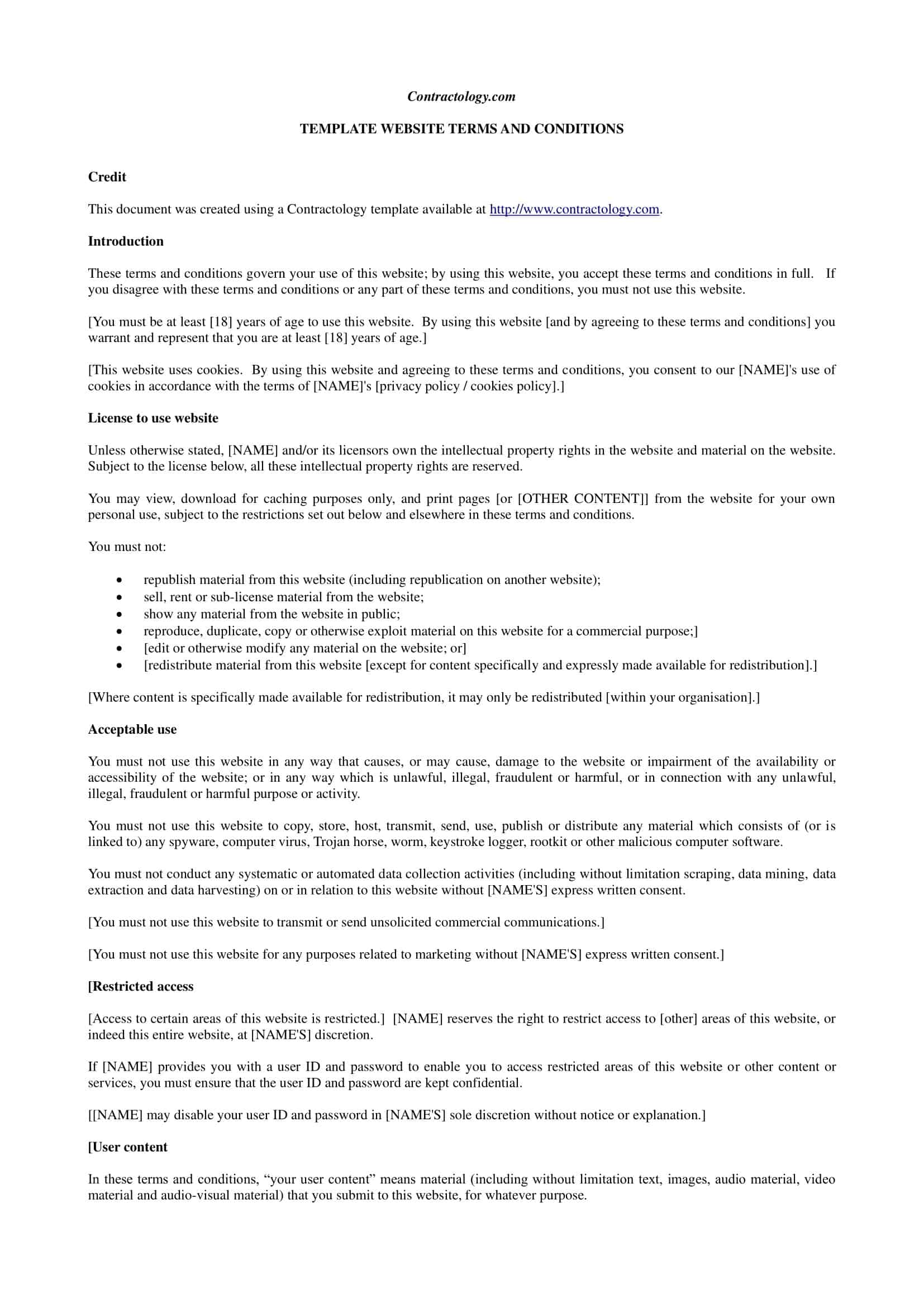
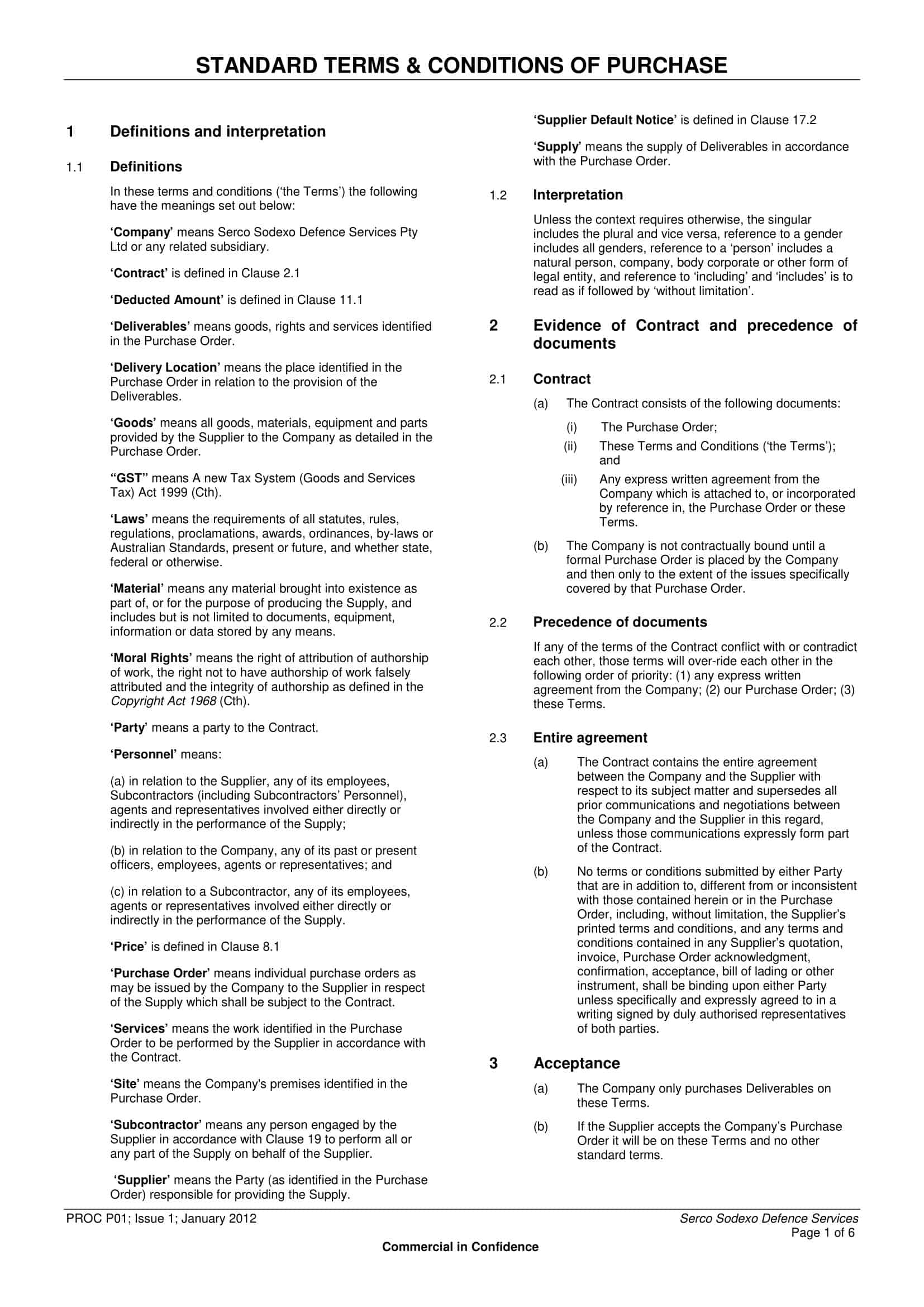



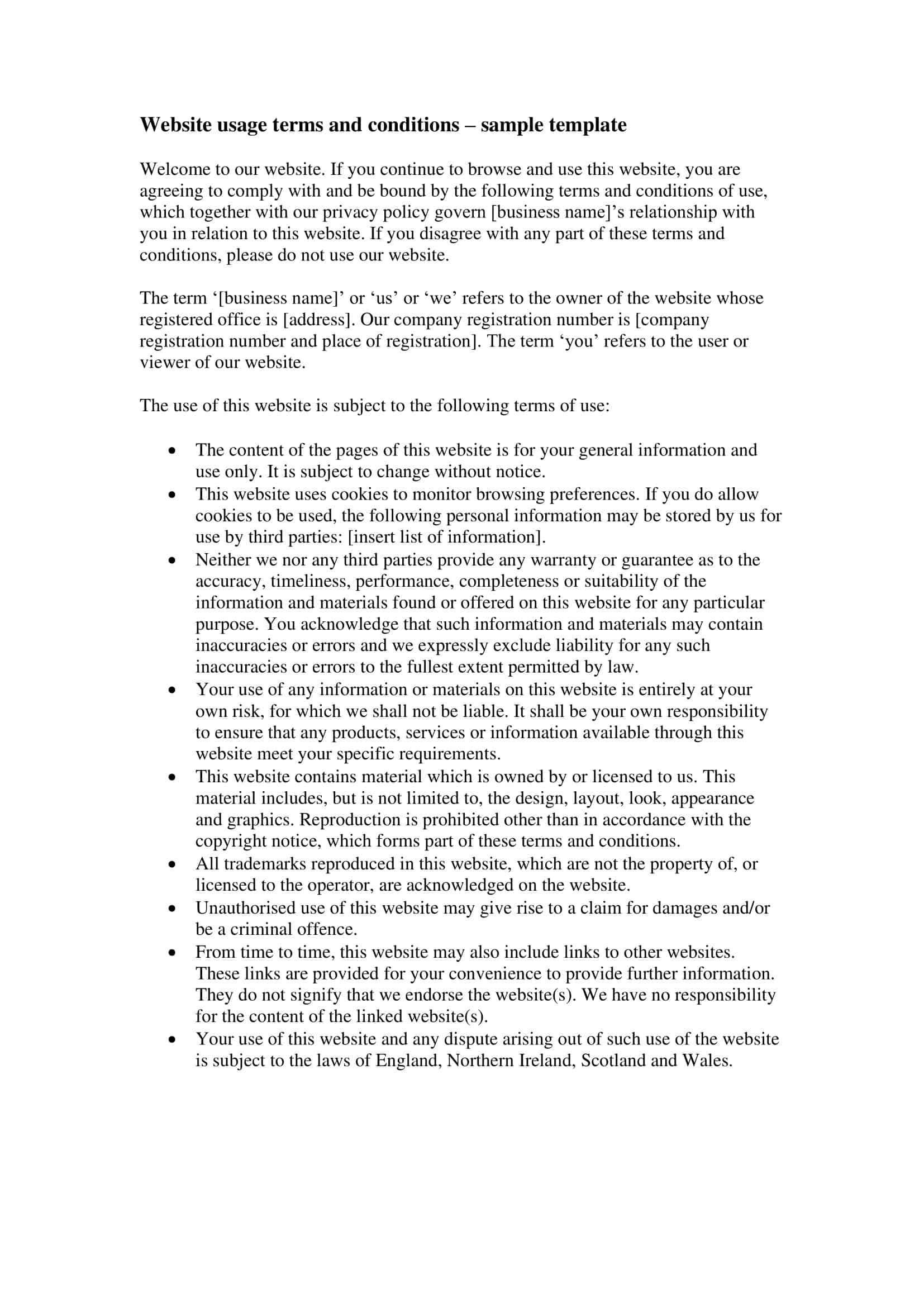



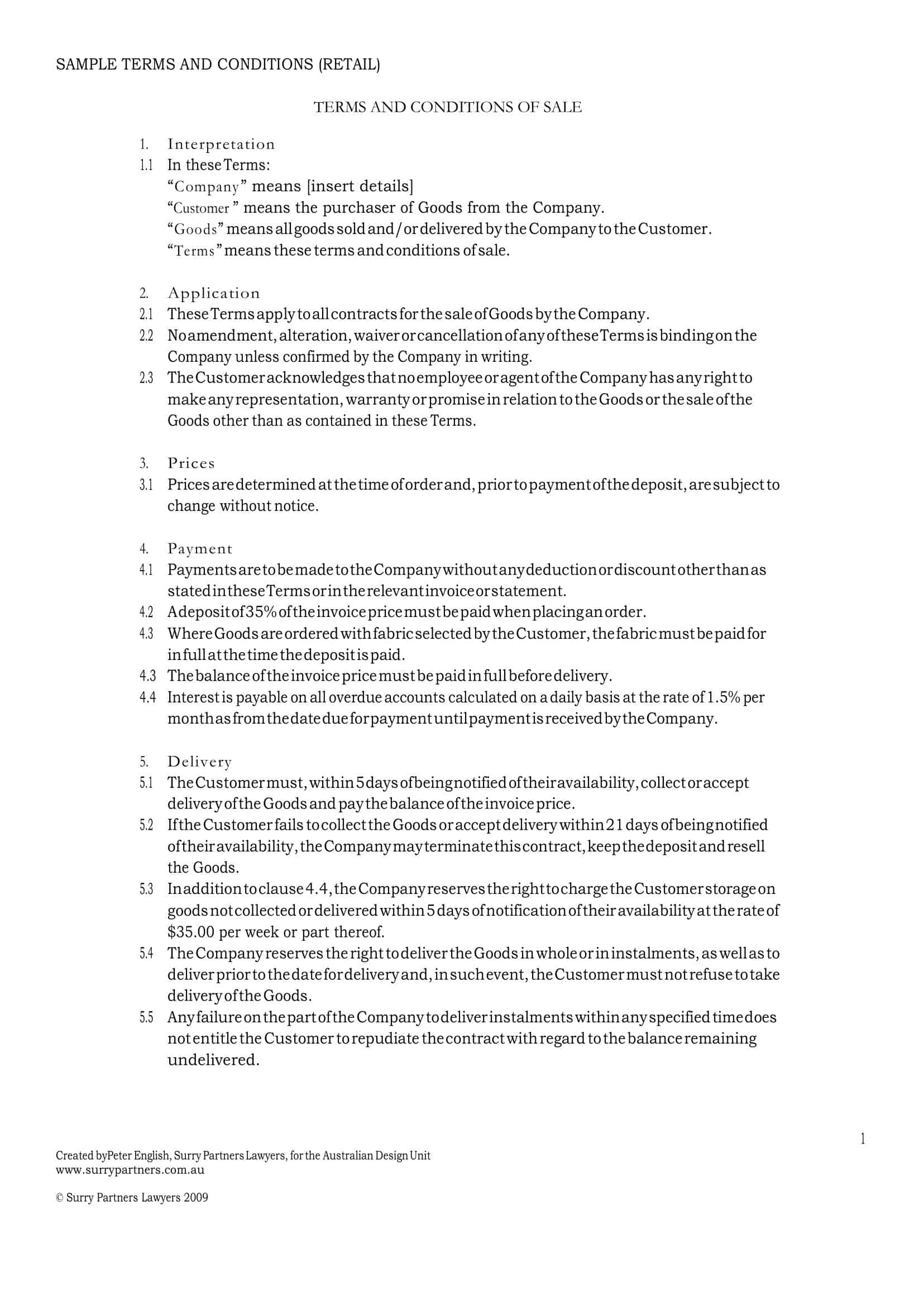













![%100 Free Hoodie Templates [Printable] +PDF 1 Hoodie Template](https://www.typecalendar.com/wp-content/uploads/2023/05/Hoodie-Template-1-150x150.jpg)
![Free Printable Food Diary Templates [Word, Excel, PDF] 2 Food Diary](https://www.typecalendar.com/wp-content/uploads/2023/05/Food-Diary-1-150x150.jpg 150w, https://www.typecalendar.com/wp-content/uploads/2023/05/Food-Diary-1-1200x1200.jpg 1200w)
![Free Printable Roommate Agreement Templates [Word, PDF] 3 Roommate Agreement](https://www.typecalendar.com/wp-content/uploads/2023/06/Roommate-Agreement-150x150.jpg)
